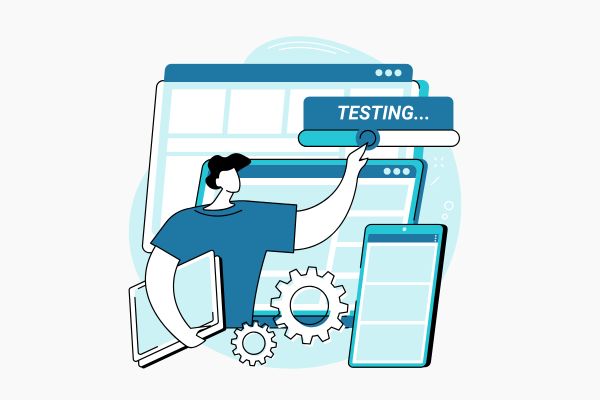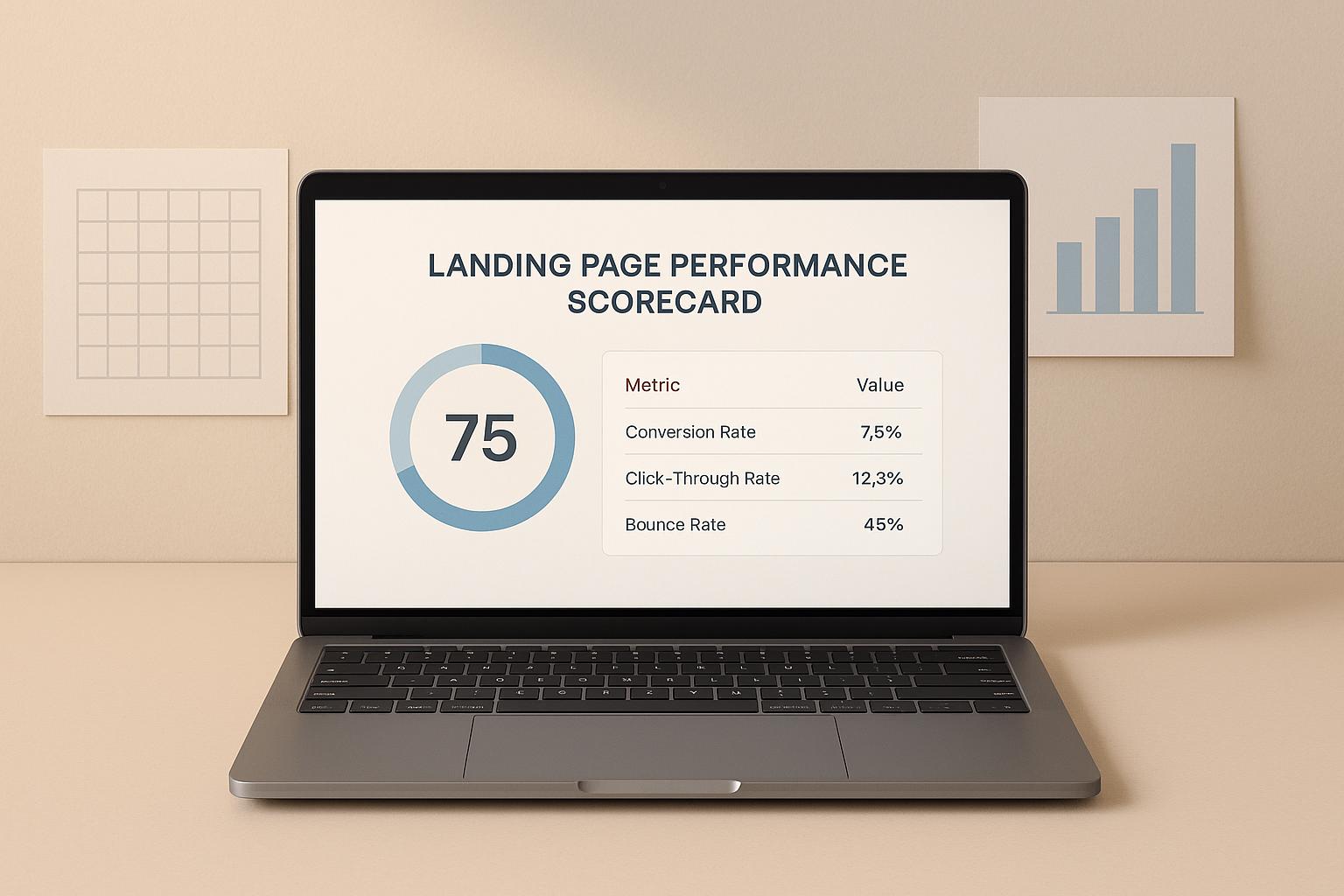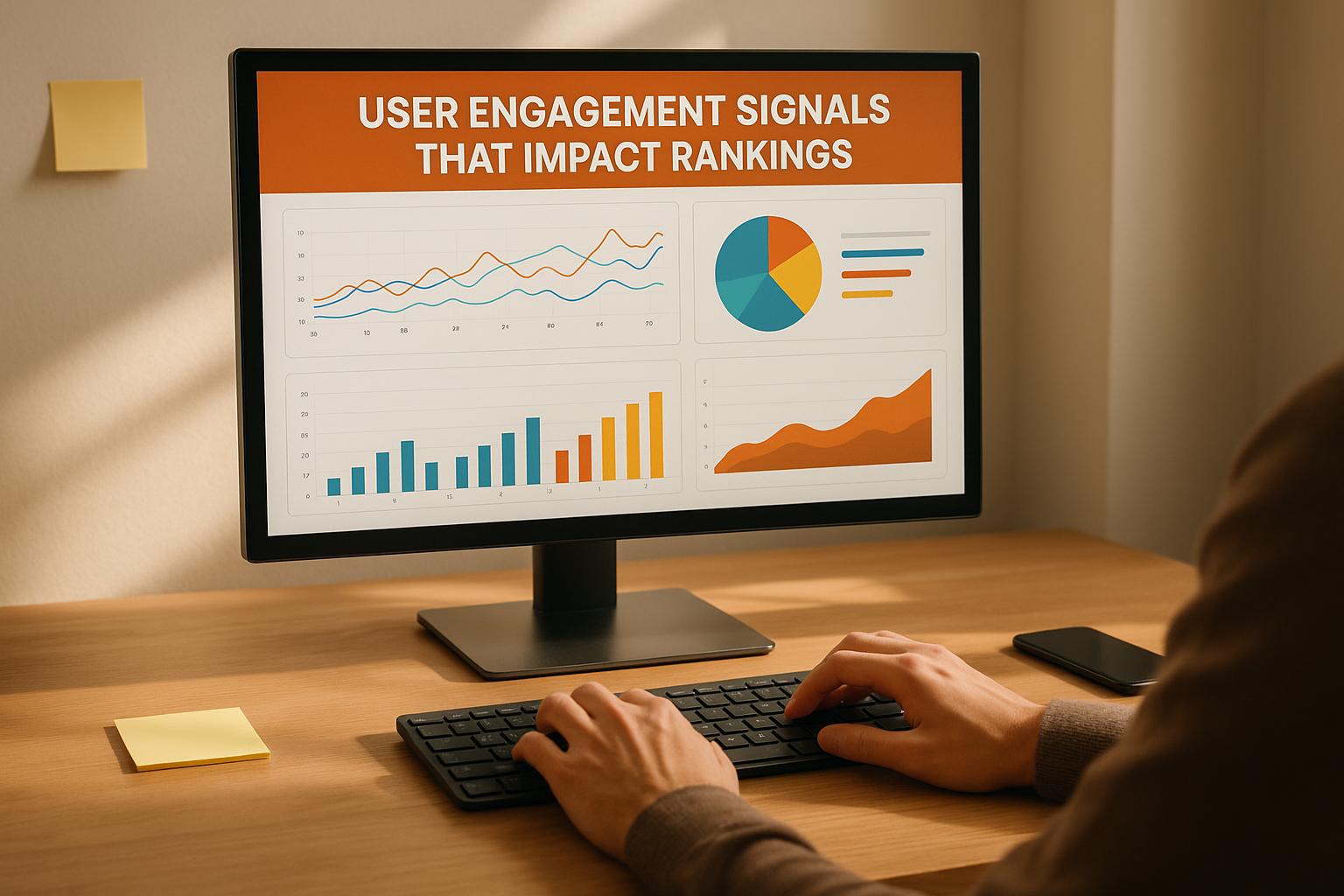

Different Types of A/B Tests You Need to Know

Different Types of A/B Tests You Need to Know
 19-01-2025 (Last modified: 21-05-2025)
19-01-2025 (Last modified: 21-05-2025)
Introduction
So, you’ve decided to jump into the exciting world of A/B testing. Excellent choice! But here’s the catch: A/B testing isn’t a one-size-fits-all strategy. Depending on your goals and setup, there are different types of A/B tests to consider. Let’s break them down.
1. Classic A/B Testing
This is the OG of testing methods. You create two versions of a webpage or element:
- Version A (Control): Your current setup.
- Version B (Variation): A new version with a single change.
Best For: Small changes like button colors, headlines, or CTAs.
Example: Testing a green “Sign Up Now” button vs. an orange one to see which gets more clicks.
2. Multivariate Testing (MVT)
Why test just one element when you can test multiple at the same time? With MVT, you test combinations of changes to see how they interact.
Best For: Complex pages with several elements to tweak.
Example: Testing different combinations of headlines, images, and button colors to identify the winning mix.
Pro Tip: MVT requires significant traffic to generate reliable results, so it’s best suited for high-traffic pages.

3. Split URL Testing
Instead of testing changes on a single page, split URL testing directs traffic to entirely different URLs.
Best For: Radical design changes, like a complete site redesign or new landing page.
Example: Comparing a traditional homepage with a long-form landing page to see which drives more conversions.
4. Multi-Page Testing
Ever wondered how changes on one page impact the rest of the user journey? Multi-page testing allows you to tweak multiple pages in a funnel.
Best For: Optimizing user flows, such as checkout processes or multi-step sign-ups.
Example: Testing different layouts for each step of a three-page checkout process.
5. A/A Testing
Wait, what? Testing two identical versions of a page might sound pointless, but A/A testing has a purpose: validating your testing setup.
Best For: Ensuring your testing tool splits traffic evenly and collects accurate data.
Example: Running a test between two identical pages to confirm your tool is working correctly.
6. Bandit Testing
Inspired by the “multi-armed bandit” problem in probability theory, bandit testing continuously optimizes by allocating more traffic to better-performing variations.
Best For: Dynamic environments where you can’t wait for long test durations.
Example: Testing ad creatives and quickly shifting budget to the highest-performing options.
7. Sequential Testing
This is a more statistical approach that evaluates performance over time, adjusting for external factors like seasonality or market trends.
Best For: Long-term campaigns where consistency is key.
Example: Testing a product pricing page during different seasons to understand how external factors impact results.

8. Time-Sensitive Testing
If your audience’s behavior varies by time of day or week, time-sensitive testing can provide deeper insights.
Best For: Sites with highly variable traffic patterns.
Example: Testing email subject lines sent during mornings versus evenings to see which performs better.
9. Personalization Testing
Personalization allows you to test targeted experiences for different user segments.
Best For: Creating custom experiences based on user behavior, location, or demographics.
Example: Showing region-specific promotions to users based on their location.
How to Choose Between the Different Types of A/B Tests
Not all tests are created equal. Here’s how to decide between the different types of A/B tests:
- Define Your Goal: Are you looking to optimize a single element or overhaul an entire process?
- Consider Traffic Volume: Some tests, like MVT, need more traffic to generate reliable data.
- Think About Complexity: If you’re new to testing, stick with classic A/B testing before diving into MVT or split URL testing.
Tools to Simplify Testing
- PageTest.ai: Ideal for both A/B and multivariate tests. Its AI-powered suggestions make it beginner-friendly yet powerful.
- Google Optimize (RIP): Once beloved, but you’ll find similar functionality in modern tools.
- Optimizely: Great for advanced tests and large-scale operations.
Pro Tips for Testing Success
- Don’t Test in Isolation: Always consider how changes on one page might affect others.
- Set Clear Metrics: Know what success looks like. Is it more clicks, sign-ups, or sales?
- Be Patient: Some tests take time to yield statistically significant results. Don’t rush!
- Track Results Effectively: Use spreadsheets or a dedicated database to document your tests, variations, and outcomes. This helps you identify patterns, avoid redundant tests, and build a repository of insights for future optimization efforts.
- Segment Your Audience: Analyze results by audience demographics or behavior to uncover deeper insights.
- Optimize for Mobile: Always test your changes on both desktop and mobile platforms to ensure consistency.
Final Thoughts
The world of A/B testing is as diverse as your audience. By understanding the different types of A/B tests and when to use them, you’re better equipped to optimize your site and drive results. So go on, experiment fearlessly, and let the data guide you to success!
Q&A: Exploring A/B Test Types
What are the main types of A/B tests?
The most common types include classic A/B testing, multivariate testing, split URL testing, multi-page testing, A/A testing, bandit testing, sequential testing, time-sensitive testing, and personalization testing. Each has a different purpose and ideal use case.
When should I use multivariate testing instead of A/B testing?
Use multivariate testing when you want to test several elements at once—like headlines, images, and buttons—to see which combination performs best. It’s ideal for high-traffic pages where single-variable tests aren’t enough.
How does split URL testing differ from regular A/B testing?
Split URL testing involves directing traffic to completely separate URLs, whereas regular A/B testing changes elements on the same page. Use split URL testing when you want to compare totally different page designs or layouts.
Why would someone run an A/A test?
A/A testing is used to make sure your testing tool is set up correctly. By testing two identical versions, you can confirm traffic is split evenly and that results aren’t being skewed by setup errors.
What is bandit testing and when is it useful?
Bandit testing automatically shifts traffic toward better-performing variations as results come in. It’s perfect for fast-paced environments where you need to optimize on the fly—like with ad creatives or limited-time offers.
Is personalization testing the same as A/B testing?
Not exactly. Personalization testing delivers different content based on user segments, like location or behavior. It’s more targeted and dynamic than standard A/B tests, which show fixed versions to all users.
What kind of test should I run for a multi-step sign-up process?
Multi-page testing is ideal here. It lets you tweak elements across several steps of a user journey—like a checkout or registration funnel—to improve flow and reduce drop-offs.
How does traffic volume affect the type of test I should run?
Tests like multivariate or split URL require more traffic to get meaningful results. If your site has lower traffic, stick to simpler A/B tests that isolate one change at a time.
What’s an example of time-sensitive A/B testing?
Testing email subject lines or CTAs at different times of the day or week is a classic example. It helps you understand when your audience is most responsive.
Which tools support multiple types of A/B tests?
Platforms like PageTest.ai and Optimizely support a wide range of test types—including multivariate and multi-page—making them great choices whether you’re a beginner or advanced optimizer.
say hello to easy Content Testing
try PageTest.AI tool for free
Start making the most of your websites traffic and optimize your content and CTAs.
Related Posts

 15-12-2025
15-12-2025
 Ian Naylor
Ian Naylor
Landing Page Performance Scorecard
Evaluate your landing page with our free scorecard tool! Input metrics like visitors and bounce rate to get a detailed performance score.

 13-12-2025
13-12-2025
 Becky Halls
Becky Halls
The Biggest Marketing Shifts Coming in 2026: What Actually Matters Now
2026 isn’t bringing “the future of marketing.” It’s bringing the correction. The dust is finally settling after years of AI noise, platform changes, and search unpredictability. And we’re now seeing what actually sticks, and the shifts that will shape how marketing teams operate for the next decade… These aren’t trends for trends’ sake. They’re structural […]

 13-12-2025
13-12-2025
 Ian Naylor
Ian Naylor
User Engagement Signals That Impact Rankings
How CTR, dwell time, bounce rate and pages-per-session influence SEO rankings — and practical steps (UX, titles, testing) to improve engagement.
